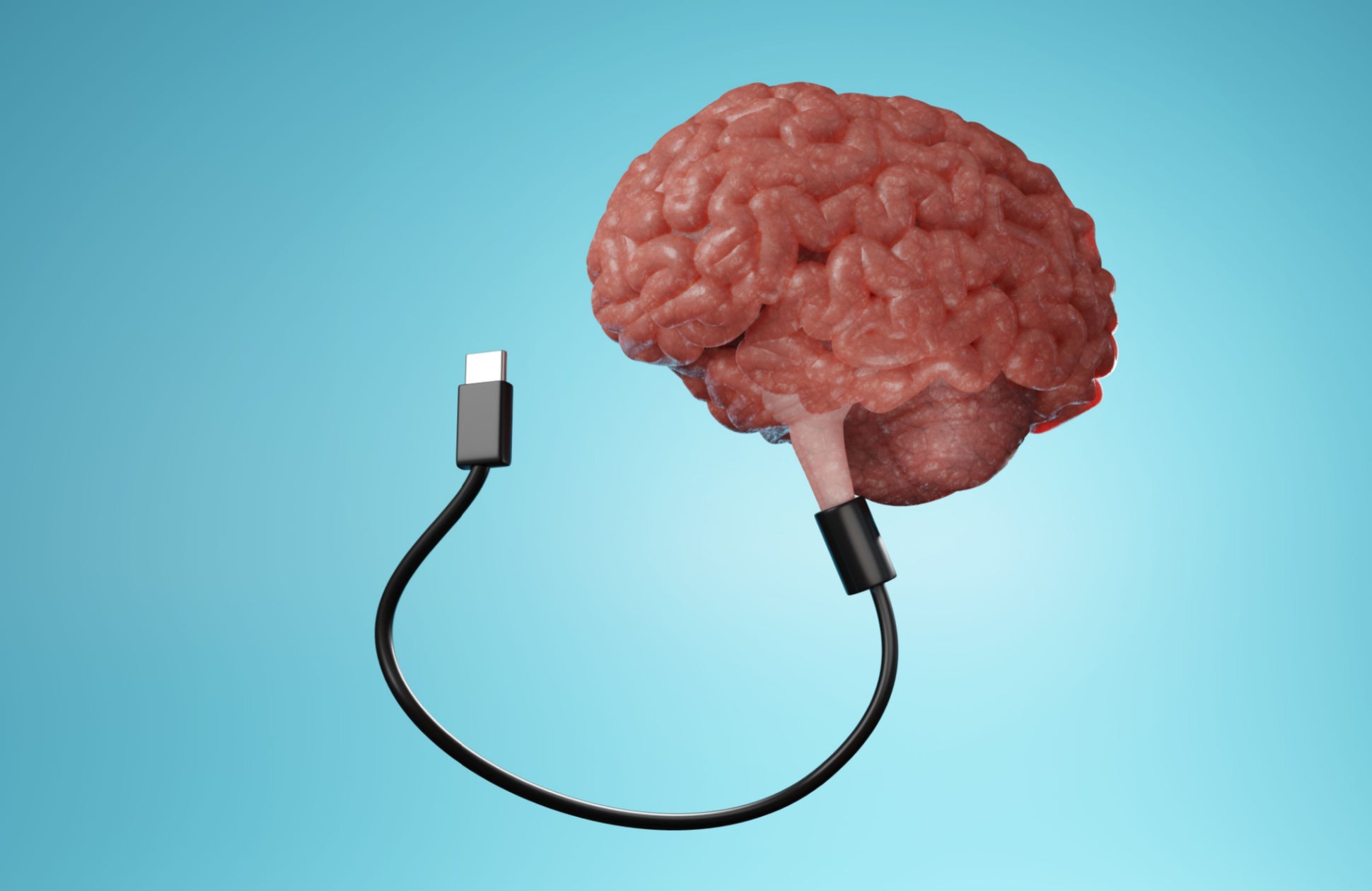
It is almost forty years since the release of William Gibson’s pivotal cyberpunk sci-fi novel Neuromancer, which is believed to have inspired the Matrix franchise, among other brain-machine interface science fiction classics. However, the dream of plugging into the human brain—to enable artificial ‘enhancements’, connect to virtual reality dataspaces (“the matrix”, as coined by Gibson), or even save someone’s consciousness to an AI system beyond death—has not aged one bit.
Efforts to achieve this dream by the medical and tech worlds continue to emerge, and the latest technology lobbying for attention are brain-machine interfaces, or BMIs, which Elon Musk is infamously pursuing through his start-up Neuralink. But aside from Musk, Microsoft and Meta are also investing, and there is a long list of start-ups interested in the potential of this technology, including Paradromics, Kernel, Synchron, BrainCo, Neurable, NextMind, BIOS, NeuroPace, InteraXon, NeuroSky, Mindmaze, and Neuroelectrics.
What are BMIs and what can they do?
Also called brain-computer interfaces (BCIs), BMIs are a direct communication pathway between the brain’s electrical activity and an external device, such as a computer or a robotic limb. Nowadays, they are mostly aimed at augmenting or repairing cognitive or sensory-motor functions of people who have suffered accidents or have been injured in conflict.
For instance, in the case of an artificial limb, the objective is to both read brain electrical activity to determine motor intent and pass sensor output from the artificial limb back to the brain as electrical pulses. With the use of machine learning and lots of data, current BMIs can be trained to eventually allow a level of mobility for artificial limbs.
This connection is typically achieved by getting electrodes close to the brain to ‘listen’ to its activity. The various BMI technologies can be classified into three categories depending on how close those electrodes are. Non-invasive approaches usually rely on superficial skin contact via gloves, helmets, or simple electrodes. Partially invasive BMI devices are implanted inside the skull but rest outside the brain rather than within the grey matter. Finally, invasive BMI solutions implant the electrodes under the scalp, directly communicating with the brain.
There have been early successes, largely in medical use cases, such as improving input and output capabilities for patients who are locked-in (e.g., tetraplegics), or restoring some mobility for patients who have lost limbs. Other interesting areas of research include keyboards without keys and talking without sound, which in the long run could allow direct communication with computers. For instance, last year, Neuralink released a video that showed a monkey playing the video game Pong with its mind.
How well do you really know your competitors?
Access the most comprehensive Company Profiles on the market, powered by GlobalData. Save hours of research. Gain competitive edge.

Thank you!
Your download email will arrive shortly
Not ready to buy yet? Download a free sample
We are confident about the unique quality of our Company Profiles. However, we want you to make the most beneficial decision for your business, so we offer a free sample that you can download by submitting the below form
By GlobalData
How far are we from cognitive enhancements or storing someone’s consciousness?
Given the rapid progress that the AI field has experienced in recent years, it is worth wondering how close we are to those sci-fi dreams of enhancing our cognitive abilities, particularly when Neuralink’s Elon Musk has been saying that its BMIs will “enable someone with paralysis to use a smartphone with their mind faster than someone using thumbs”, and Synchron announced last July that its FDA‑authorized Stentrode system had been implanted in the trial’s first participant at Mount Sinai West hospital in New York City.
Indeed, popular AI models such as GPT-3, DALL-E 2, PaLM, or Flamingo, are becoming extremely good at specific tasks, such as natural language writing, language understanding, or creating images from descriptions. It is reasonable to expect that the machine learning models underlying BMI devices will eventually become really good at interpreting the brain’s electrical activity with enough data and computing power.
But will they? Is this ML-driven brute force approach giving us any insight as to how the human brain works, so that we can even consider reading someone’s memory? To effectively ‘plug into’ a human brain’s memory Matrix-style, we would need to understand how our brains store information and how it can be read and written. As powerful and versatile as deep learning models are, it is highly debatable whether they would be able to fully understand the inner workings of the human brain by simply listening to electrical activity. In terms of traditional computers, an ML model taking as input the electrical signals coming out of a computer towards a laser printer could probably ‘learn’ to interpret the signals and figure out how to map each signal to a character of the alphabet.
However, it is difficult to see how that ML model would figure out how the computer software is designed, the original document stored in the computer hard drive, and less so how to modify the document. In summary, BMIs are a very exciting development that has been catalyzed by the recent improvement in AI algorithms and available hardware. In the near term, they are likely to improve the quality of life for patients with devastating cognitive and/or motor conditions. However, in understanding how the brain works, the research is closer to alchemy than chemistry and will likely require decades of multi-disciplinary collaboration between medical doctors and computer scientists.





Related Company Profiles
NeuroPace Inc